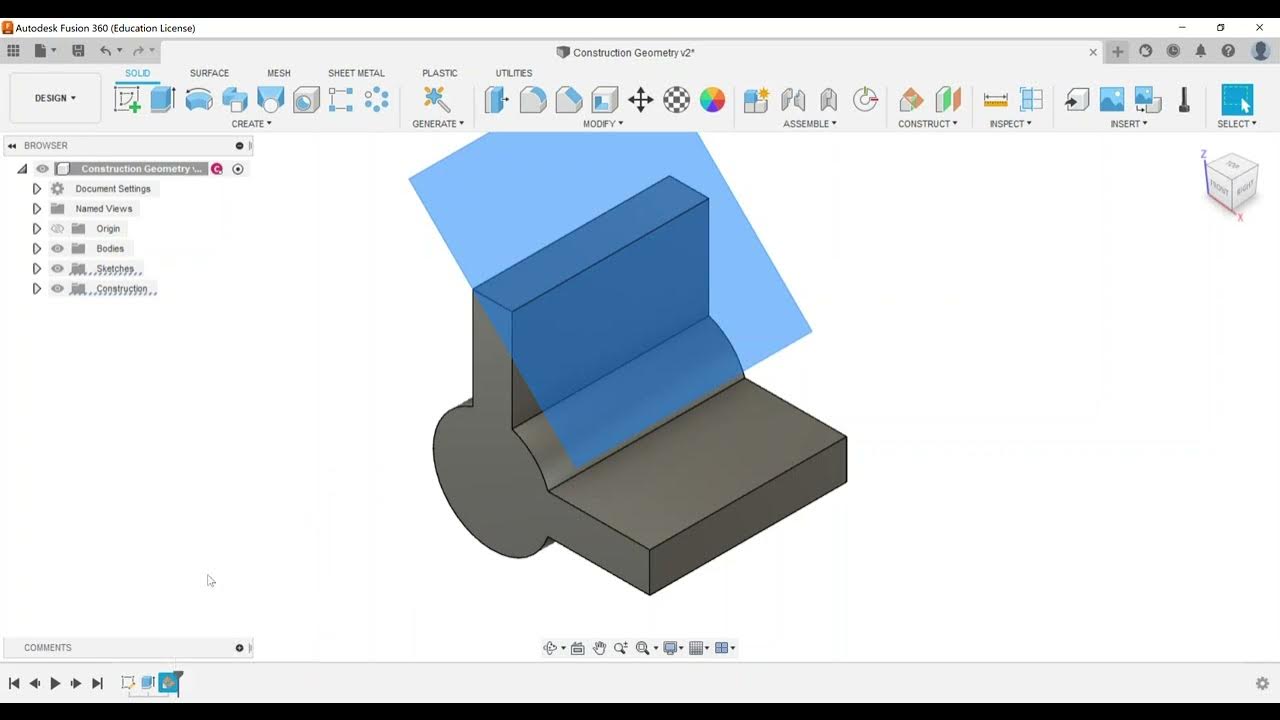Reading the Image Summary
Summary
TLDRThis video discusses key points from Alice Guillermo's essay, 'Reading the Image,' focusing on interpreting art through different planes of analysis. Guillermo emphasizes that art should be understood within its social and historical context. The video explores how to analyze artwork by looking at its basic documentary information, semiotic elements, and cultural significance. Using examples like Juan Luna's and Francisco Goya's paintings, it highlights the complexity of artistic interpretation. The video concludes by encouraging viewers to apply Guillermo's four layers of analysis in their own art critiques.
Takeaways
- 🎨 Art should be placed in the context of society and history, ensuring a connection between the artwork and its environment.
- 🖼️ Analyzing artwork requires basic documentary information such as the title, artist's name, medium, dimensions, and date of creation.
- 🔍 The meaning of an artwork can evolve over time, with new interpretations adding layers to its significance.
- 🧠 Art often has intellectual, emotional, and sensory meanings, engaging viewers through their personal experiences and cultural backgrounds.
- 🖌️ Semiotic analysis focuses on visual elements like lines, colors, and their relational aspects within the artwork.
- 📚 Understanding a work of art demands research, which enriches the viewer's interpretation as it develops over time.
- 🌍 Cultural and social contexts play a vital role in how certain symbols and colors are interpreted in different societies.
- 👁️ The 'contextual plane' situates art within a broader societal and cultural framework, referencing historical figures and events.
- 🔑 Alice Guillermo's four layers of analysis are biographical, semiotic, contextual, and ideological, which provide a comprehensive approach to understanding art.
- 🖼️ Viewers should engage in a dialogic relationship with the artwork, bringing their own emotional and intellectual responses into play.
Q & A
Who is Alice Gilliam and what is her significance?
-Alice Gilliam was a renowned writer, researcher, art critic, and professor. Her essay 'Reading the Image' provides important guidelines for analyzing and interpreting images from various sources such as ads, paintings, or any text.
What does Alice Gilliam suggest about the context of art?
-Alice Gilliam suggests that art should be placed in a context of society and history to always have a connection, implying that understanding art involves considering its societal and historical background.
What are the basic documentary information aspects one should discover about an artwork?
-Basic documentary information includes the title, the name of the artist, medium and technique, dimensions or measurement, date of the work, and its prominence or significance.
How does the meaning of an artwork evolve according to the script?
-The meaning of an artwork can grow with time as viewing it becomes a process of continual discovery. This is due to the intellectual, emotional, and sensory significations which the work embodies and to which the viewer responds.
What is the significance of the painting 'Spoliarium' by Juan Luna mentioned in the script?
-The painting 'Spoliarium' is significant because it represents a historical event and is a prominent artwork in the National Museum of the Philippines, symbolizing the Spanish colonial period.
What does the script suggest about the analysis of Michelangelo's 'The Creation of Adam'?
-The script suggests that even well-known artworks like 'The Creation of Adam' can have new interpretations over time. For instance, in 1990, Dr. Franklin Mesh Merger wrote an analysis claiming that the background of God and angels resembles the human brain.
What are the four planes of analysis mentioned in the script?
-The four planes of analysis mentioned are: 1) Basic biographic, 2) Semiotic, 3) Contextual, and 4) Iconic/Iconographic.
What does the semiotic plane of analysis focus on?
-The semiotic plane of analysis focuses on the study of visual elements such as line, color, and the relational aspects of images within the artwork.
How does the script describe the contextual plane of analysis?
-The contextual plane of analysis involves placing the work within the society of its time, considering different cultures, and looking for references or allusions to historical figures and events.
What is the purpose of the iconic/Iconographic plane of analysis?
-The iconic/Iconographic plane of analysis is used to determine what is considered valuable in the nation or culture, what underlying social issues are conveyed, and how these are depicted in the artwork.
What is the role of the viewer in the dialogue with the artwork according to the script?
-The viewer plays a crucial role in the dialogue with the artwork by responding to the message from the artist. The viewer's cultural background, artistic knowledge, and personal experiences contribute to this dialogue.
Outlines

このセクションは有料ユーザー限定です。 アクセスするには、アップグレードをお願いします。
今すぐアップグレードMindmap

このセクションは有料ユーザー限定です。 アクセスするには、アップグレードをお願いします。
今すぐアップグレードKeywords

このセクションは有料ユーザー限定です。 アクセスするには、アップグレードをお願いします。
今すぐアップグレードHighlights

このセクションは有料ユーザー限定です。 アクセスするには、アップグレードをお願いします。
今すぐアップグレードTranscripts

このセクションは有料ユーザー限定です。 アクセスするには、アップグレードをお願いします。
今すぐアップグレード関連動画をさらに表示

Critical Analyisis 3: Interpretation

How to Read Actively and Critically: Annotation Strategies

Jarak garis ke garis, garis ke bidang, serta bidang ke bidang ( Dimensi Tiga )

Part Modeling - Create Construction Planes and Axes

Effective Reading of English Manuscript

BÀI GIẢNG | DÀN Ý THAM KHẢO DẠNG BÀI VIẾT ĐOẠN VĂN NLVH 200 CHỮ | Học Văn Cô Sương Mai
5.0 / 5 (0 votes)
